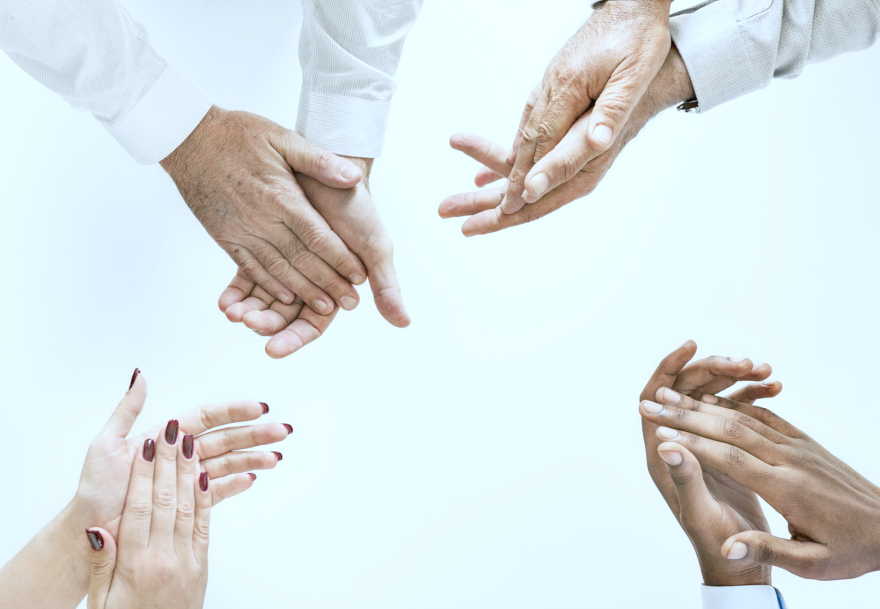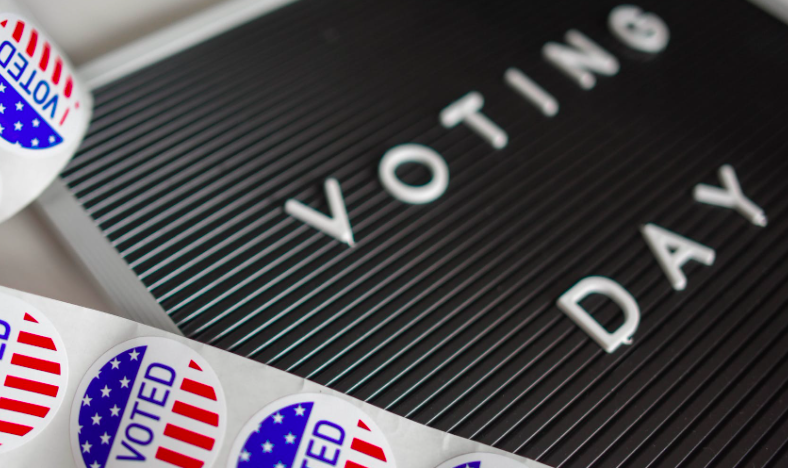Take a Test That Will Show You Your Unconscious Biases – Because the More You Know the Better You Can Be
By: Lisa M. Hayes – Confluence Daily is your daily news source for women in the know.
The human brain is a remarkable computer. Much like any other computer you’re used to working with most of the magic that makes it run is happening the background and you don’t see it. Programs are a very real thing for computers and humans. That programming runs silently and it drives most of your behaviors without your awareness. A big part of that programming has to do with biases and let me assure you, everyone has them.
There is a lot of conversation these days about unconscious bias when it comes to racism. However, this goes beyond racial bias. Bias can impact how you related to everyone around you. It encompasses things like racism, ageism, ableism, and everything in between. It’s a complicated subject because everyone has biases and obviously not everyone is racist. There is nothing innately wrong with having biases. Bias sorting is part of the way the human brain processes information at the rate of speed that allows you to function in the world. However, understanding your own unconscious biases might be very useful in decoding how you relate to others in the world, particularly others who are different than you are.
The Kirwan Institute at Ohio University defines unconscious bias as: Implicit social cognition, implicit bias refers to the attitudes or stereotypes that affect our understanding, actions, and decisions in an unconscious manner. These biases, which encompass both favorable and unfavorable assessments, are activated involuntarily and without an individual’s awareness or intentional control. Residing deep in the subconscious, these biases are different from known biases that individuals may choose to conceal for the purposes of social and/or political correctness. Rather, implicit biases are not accessible through introspection.
The implicit associations we harbor in our subconscious cause us to have feelings and attitudes about other people based on characteristics such as race, ethnicity, age, and appearance. These associations develop over the course of a lifetime beginning at a very early age through exposure to direct and indirect messages. In addition to early life experiences, the media and news programming are often-cited origins of implicit associations.
A Few Key Characteristics of Implicit Biases
- Implicit biases are pervasive. Everyone possesses them, even people with avowed commitments to impartiality such as judges.
- Implicit and explicit biases are related but distinct mental constructs. They are not mutually exclusive and may even reinforce each other.
- The implicit associations we hold do not necessarily align with our declared beliefs or even reflect stances we would explicitly endorse.
- We generally tend to hold implicit biases that favor our own ingroup, though research has shown that we can still hold implicit biases against our ingroup.
- Implicit biases are malleable. Our brains are incredibly complex, and the implicit associations that we have formed can be gradually unlearned through a variety of debiasing techniques.
Harvard has created a test that takes a few minutes that is particularly accurate in identifying individual unconscious bias.
Everyone should take this test. It’s like getting a peek at the hard code of your brain’s computer. It might change the way you see yourself and others.
Confluence Daily is the one place where everything comes together. The one-stop for daily news for women.





